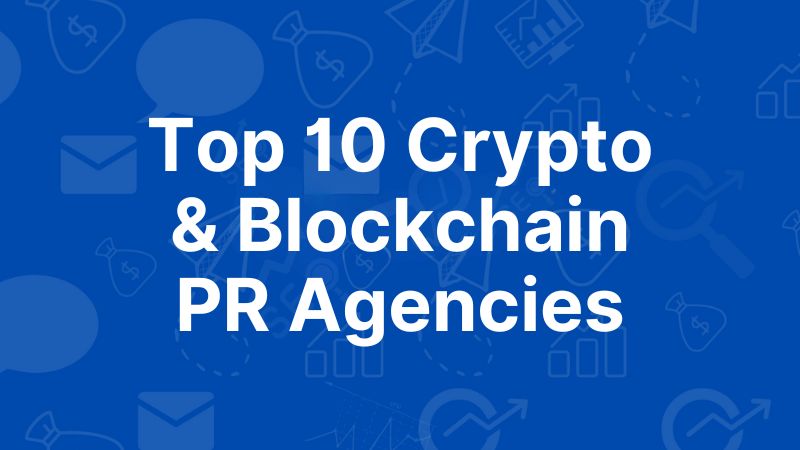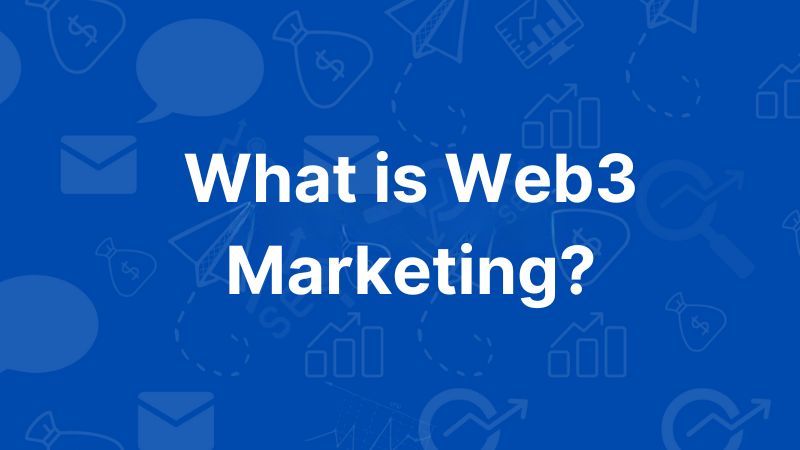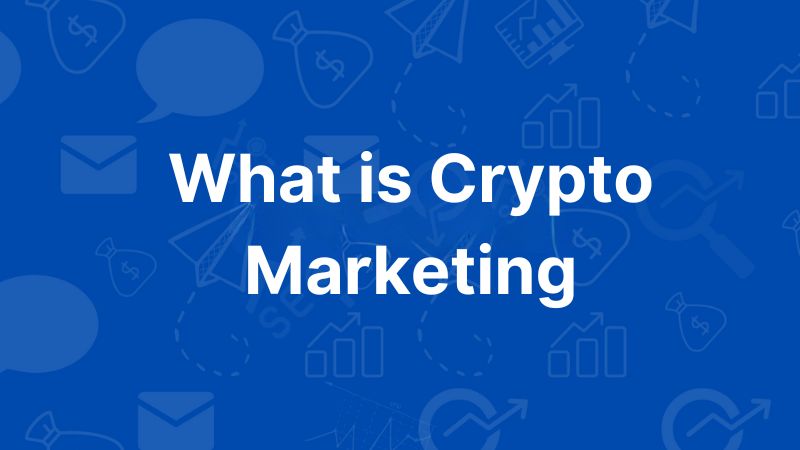Sonar Amazon is an amazing tool that helps you identify keywords and phrases to dominate the Amazon.com search engine with your product. It’s one of my favorite tools for generating high-quality traffic, so I wanted to share it with everyone else as well.
The “free amazon keyword tool” is a free Amazon keyword research tool that allows users to find the best keywords for their products. The “Sellics” company has created this tool, which can be used by anyone with an Amazon account.
Randomly selling things on Amazon, or based on intuition or some gambler’s technique, is a certain way to go poor or out of business.
It’s also pointless since Amazon wants you to be successful in your selling. As a result, it makes a lot of data accessible to businesses, who then create apps and programs tailored to make your life simpler.
They leverage Amazon data to produce things like keyword research tools, selling-trend identifiers, profit calculators, and the cost of having Amazon fulfill your company’ deliveries.
Many of these businesses provide bundles or even web extensions (notably in Chrome, which has proved itself to be extremely extension-friendly). And the majority of them demand a monthly price for access to the services that make your life and sales so much simpler.
Sonar is a Sellics Amazon keyword tool that outperforms some of the more expensive products on the market by offering an extremely enticing pricing of zero bucks. And, if you’re being specific, 0 pennies.
We’re implying that it’s free. Free keyword research on Amazon? Isn’t it something worth looking into?
Before we all start leaping up and down, there are a few drawbacks to consider.
It’s now completely free. It’s also new, and although it’s still ironing out the wrinkles in its system, it lacks some of the data accuracy of more established applications that are more justified in asking for your money.
So, will Sonar provide the same ease of data presentation and manipulation as other more known packages? No. No, you won’t.
Let’s ring the crucial bell for the individuals in the rear once again. Sonar is now available for free. So there’s nothing stopping you from giving it a comprehensive post-Beta test. And ideally, by employing it, you will be able to profit from your Amazon sales.
Simply utilizing the software will, without a doubt, teach you some of the things you may need to do to increase your Amazon purchasing and selling results.
What Does Sonar Actually Do?

The free version of Sonar has two primary purposes. Just the two, you scream as you symbolically walk around the room in disgust before purchasing a Jungle Scout Pro, Heliums 10s Magnet tool, or Merchant Words membership.
Just the two of them. Is it necessary to point you that Sonar is now free, just like Britney?
Number one? creation of keywords
We understand that having the proper keywords in the title and/or Description of your product is the internet equivalent of smacking someone in the face and asking them to concentrate. Over 180 million keywords are sorted by Sonar.
These aren’t random terms found all over the internet. One of Sonar’s distinguishing traits is that it only functions inside the Amazon ecosystem, so it doesn’t pick up maybe-keywords from other places. These are Amazon-specific keywords developed by Amazon customers in a variety of languages.
Sonar’s second major feature is both sweet and scary. It’s in that zone where you’d give it the benefit of the doubt if you met it in a bar.
The reverse ASIN search is Sonar’s second major functionality.
You know how an ASIN search works: enter in the ASIN, and presto: more keywords than you can shake an SEO-dense page at.
You may identify – and, more crucially, monitor – the terms rivals are employing by utilizing the reverse ASIN search.
We know. We estimated that it was around half and half.
The idea is that it’s a simple, fast, little deceptive, but very fascinating method of learning more about what’s likely to sell and what you should do to make your Amazon selling company a success.
What is the Function of Sonar?
That’s all. A database is at the heart of the Sonar software. Because we have taught you that you can search for keywords and reverse search for ASINs, you presumably figured it out. However, there are a few features that set Sonar apart from any other keyword database on the market.
- For starters, it’s constantly updated, so you won’t obtain info that’s out of date since the previous weekly or monthly update.
- Second, as previously said, it functions totally – and alone – inside the Amazon domain, so it isn’t bringing in data from Google searches or other sources to dilute the value of the results it delivers.
- Third, it’s not simply an Amazon keyword database. It’s a product/keyword combination database. That’s a lot more valuable than keyword lists alone.
- Finally, it has a keyword generator.
- Fifth, it is, of course, free to dance in the early light of good fortune for another minute or two.
Furthermore, the Sonar tool only shows keyword/product combinations that have an ASIN rank on the first page of Amazon search results.
That, at least to some part, explains the Sonar moniker. If a product is fresh new or does not yet have a high rating, it will not appear in the search tool’s ‘Sonar.’
You may argue that this renders the Sonar instrument fallible, but on the other side, you could regard it as a guarantee of high-quality findings and simultaneous noise filtering. You want to know about popular items, right?
You’ll notice them when they’re selling well enough to appear on the first page of Amazon results. Sonar frees you up till then to focus on the things that appear on the first page of Amazon results.
Because you’re not doing any of the legwork to make things popular, you can adopt a more relaxed and focused approach to selling.
However, as soon as they become popular, you’ll have the information you need to develop a purchasing and selling plan for them – or, alternatively, to leave them alone if they don’t seem to be profitable enough.
What About the Number of Keyword Searches?

So, how do you feel about it? Amazon, oddly enough, does not share statistics on keyword search volume for analysis.
So… that’s it?
No, absolutely not. A prediction algorithm is included in Sonar. The chance of a keyword occurring, as well as several other essential statistical components, are calculated using this approach.
What exactly does it imply? Well, prediction is a tricky business even at the best of times, but what it means is that Sonar can give you a decent estimate of the actual, real-world number of searches for any database query you want to run.
The presentation of this has a cuteness to it, since it displays a lot of bars for the growing possibility of search traffic. The more bars and the darker they are, the more searches for a certain term there are.
You can grasp this pictographic depiction of search volume in a heartbeat if you can read how strong your mobile phone connection is.
Sonar has you covered if you simply want to sell on Amazon.com. It now covers you in numerous main European Amazon areas, as well as the United Kingdom.
Sonar now searches Amazon EU, DE, UK, FR, ES, and IT – and although Sonar is no longer in Beta, Sellics says it plans to continue to increase the area of the Amazon ecosystem it searches over time.
There doesn’t seem to be a set timeline for such an expansion just yet, but that’s what happens when you throw a global epidemic into a company growth strategy.
Things to Consider When Conducting Keyword Research

The running of Amazon, like much else in our everyday digital lives, is dependent on algorithms.
The algorithm that regulates how Amazon ranks things, in particular, is a two-stage algorithm with the somewhat mundane name of A9.
Your product is broken down in two ways by the A9 algorithm.
First and foremost, if it even ranks. If anybody can see it, and if they do, if it’s worth their time. This is where your keywords enter the picture.
The A9 algorithm decides whether or not your product appears in the search results for a certain search query. Make sure your listing has all of the keywords from a search query to ensure it qualifies.
Yes, that’s why you’ll sometimes come across ads that are highly ranked on the first page of results but have Descriptions that seem like they were scribbled by a chain-smoking chimp in a yurt someplace in Siberia before feeding time.
These are postings in which the vendor is trying to cram in all of the keywords and hang the English language meaning for the future customer.
You must complete both portions of the task to outperform the chimp. You must include all of the keywords in your product listing and make it understandable so that the consumer at their computer feels confident in their purchase.
But, for the time being, let’s forget about the customer and concentrate on the keywords, as so many do. Amazon looks at all of the fields in your product listing:
- Title
- Description
- Points in bold
- Backend search terms
Getting all of the keywords you need into these four areas is far from easy when you first start. It’s a skill that requires practice and repetition to improve.
Once you’ve mastered fitting all of the keywords into this short amount of available space, you can work on polishing your English presentation so that it doesn’t read like a string of buzzwords. That path goes to the Siberian cabin…
Once the A9 algorithm has decided that your product does indeed rank, it will happily calculate where it ranks.
Based on your product’s performance history, the click-through rate your product has seen, your conversion rate, and the real, vulgar facts of how many sales you’ve had, that’s a tough math.
We intuitively realize that the better your product performs, the higher it rises in the rankings. This is where the quality of your copywriting and the usage of compelling graphics may help you convert a page visit into a sale, allowing you to climb the ranks.
The higher your product ranks, the better it performs. As a result, good language and visuals may help you rank higher by boosting your performance.
Post-Sonar Enhancement
The problem with Sonar is that, as we’ve stated a few times, it’s completely free.
It’s also in post-Beta development, so it’s not quite as advanced as some of the tools that assist you figure out what you should sell and how you should sell it. However, it may provide you with a crucial initial set of measures to take.
You still have work to do with Sonar after you’ve taken them.
You may add the target search phrases to your product listing after Sonar has discovered them. Hooray. Job done? Nooo. Then you must ensure that your listing is properly optimized.
Opto-what-now?
Optimized for conversion from that page visit to the ker-ching of a sale, which is what this whole process is ultimately about.
So, how exactly do you optimize your listing?
- To begin, make sure your keywords are included in the title, description, and bullet point areas.
- Second, keep in mind that search phrases in A+ Content don’t help you rank on Amazon. In reality, when it comes to the A9 method, all fields are equally weighted, so you can’t overburden one part while ignoring another and expect to score well.
- Finally, add your words to the ‘Backend search terms’ field. This won’t be visible on the listings page itself.

Don’t just sit around once you’ve completed all of this. This is your Amazon seller development learning curve.
Like a flower, keep an eye on your listing. It will take some time, but if you’ve done everything correctly – keywords, text, photos, and optimization – you should notice an increase in your ranking.
Is Sonar a magic wand that can help you become a great Amazon seller? No, not at all — but, in its defense, it never stated it would be.
But can it assist you in getting started with effective selling – and for free?
Yes, it nearly promises that, and it can provide that if you utilize it correctly and learn as you go.
The “amazon keyword tool for free sellerapp” is a free Amazon keyword research tool. Sellics has created this app to help sellers find the best keywords to use to sell their products on Amazon.
Related Tags
- best free amazon keyword research tool
- amazon keyword search volume free
- best amazon keyword research tool
- amazon keyword research extension
- sonar amazon keyword tool


